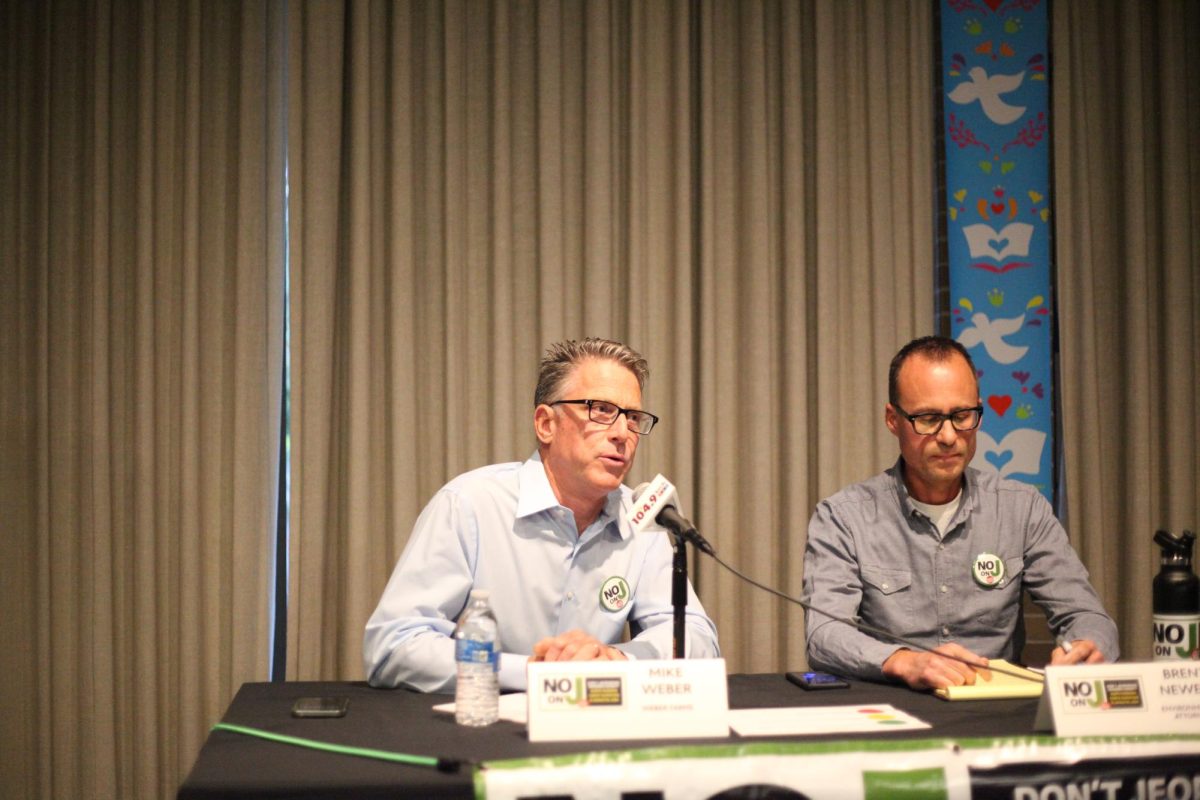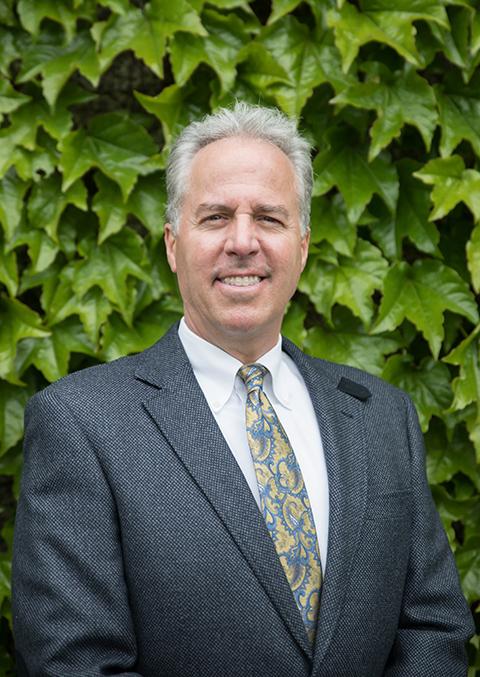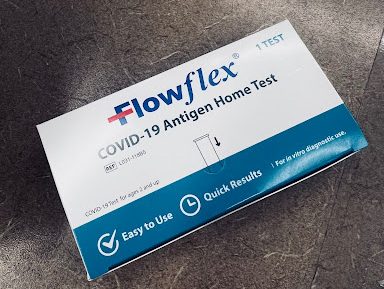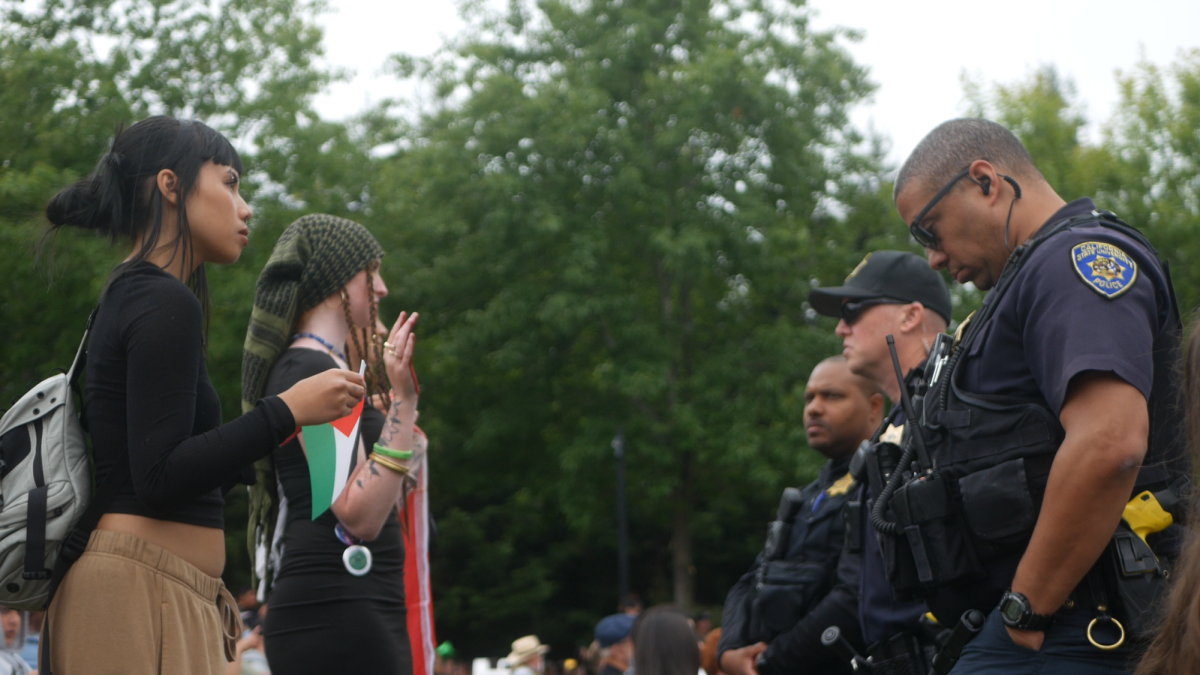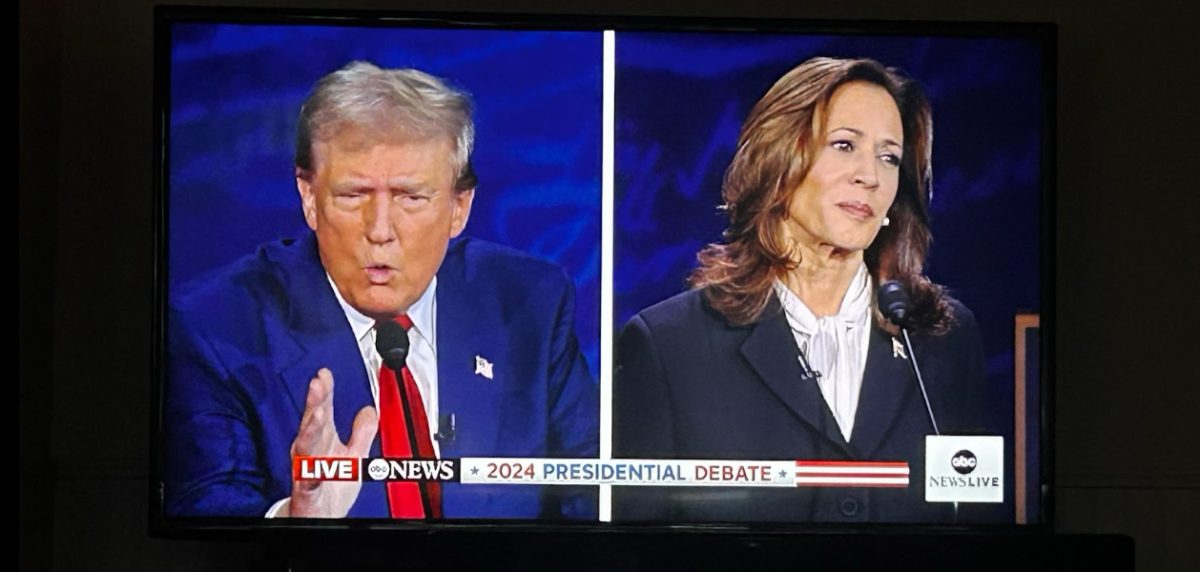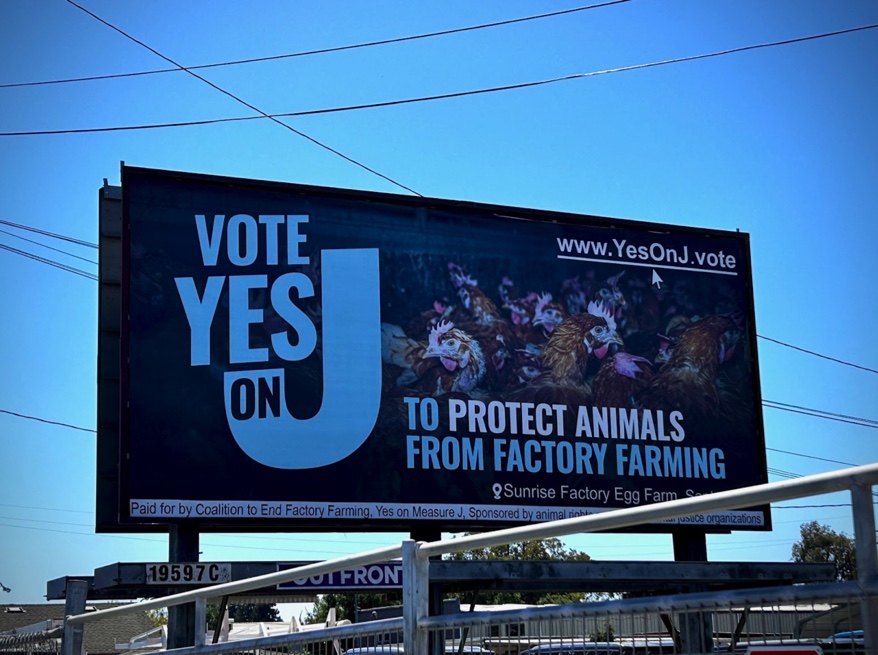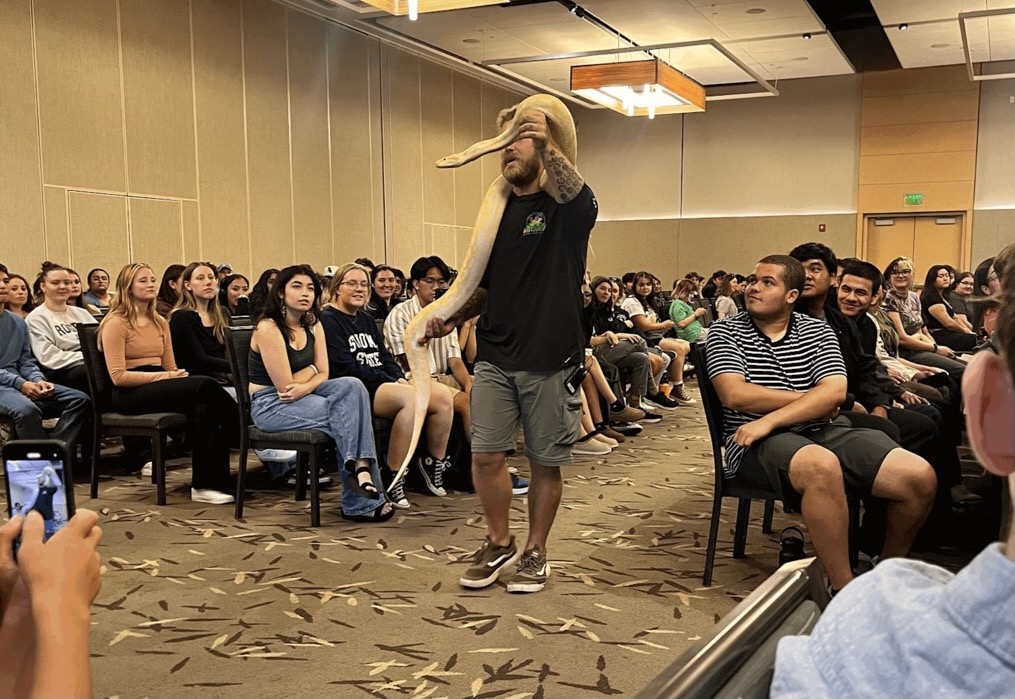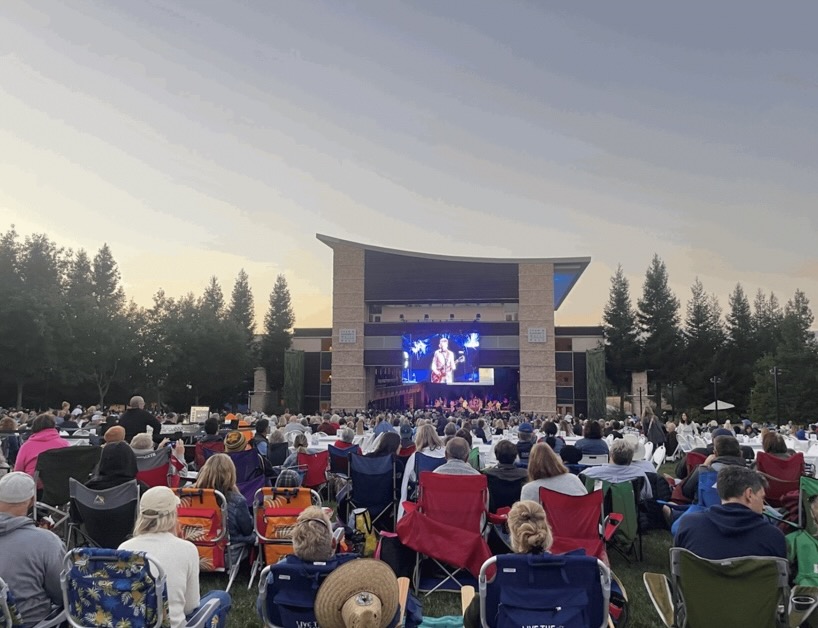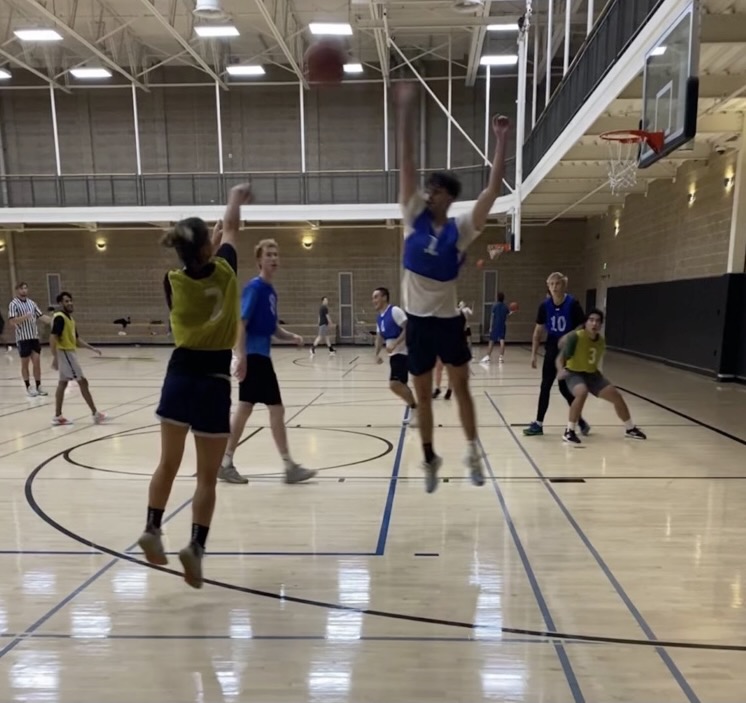The United States is currently dealing with one of the worst measles outbreaks in decades. Last year, there were 372 diagnoses. Just in 2019 alone, there have been over 1,000 outbreaks diagnosed with the disease; triple the amount of the previous year.
In 2000, the United States declared itself as measles-free which means that the country has not had the disease reported within 12 months. If an outbreak lasts for longer than the 12 month period the eradication status gets revoked.
This takes place because it is believed that after this period, it has given the germ enough time to find new reservoirs for re-establishment and then leads for it to be recognized as a local threat.
The disease is known to be preventable when vaccinated against, which most people endure as children or as a baby.
In recent years there has been a spike in beliefs of myths circulating against the vaccine, which had parents willfully make the decision to not vaccinate their children because of the misconception that has been created.
This month, ABC7 News took the opportunity to look into school immunization rates all around the bay area and has found that Sonoma County schools to be one out of the ten schools with the lowest immunization rates.
Out of the 1,282 Bay Area schools that ABC7 News examined, 142 schools were found to be under the 95% recommended rate for measles immunizations that health officials advise.
From 2018-2019 the rates of immunization for children in kindergarten in Sonoma County were so low, it raised concern for health officials.
According to data released by the California Department of Public Health, 23 out of the 44 kindergarteners or 52% were immunized this past school year at Sebastopol’s Independent Charter School.
“I have heard from some of the parents that there are certain doctors that are more willing than others to provide a medical exemption,” tells the school’s Executive Director Chris Topham to ABC7 News.
A Santa Rosa-based pediatrician named Dr. Brian Prystowski highlights how health officials in Sonoma County specifically are more lenient than other counties in California.
“I feel like Sonoma County is a haven for medical exemptions, for fraudulent medical exemptions in a way that I feel like is really dangerous to the public health of our community,” says Dr. Prystowsky to ABC7 News.
Student Health Center employee Toni Boracchia consulted with Student Health Center Director Kathleen Anderson and the Centers Of Disease Control to provide us with more information concerning the disease and if there has been an increase in students without immunization at the University, and what options our student body has concerning the immunization.
“The Student Health Center has noted approximately 300 students are out of compliance in submitting their immunization records. This can mean that these students have not had two doses of Measles Mumps Rubella (MMR) vaccine,” answers Boracchia when asked if the health center has seen a spike in students enrolling without the vaccine.
Boracchia also notes how dangerous the illness is if affected, and how easily the disease is spread; “Measles is so contagious that a sick person with measles who walks through a room and coughs can leave behind germs in the air that can cause disease to others walking into the room and breathing for up to 2 hours.”
The symptoms of the disease are as follows: “Measles is a serious viral respiratory illness. It starts with a fever (as high as 105F), cough, red irritated eyes and a rash that appears about 14 days after a person is exposed. The rash spreads from the head to the trunk to the legs and feet. Patients are considered contagious from 4 days before to 4 days after the rash appears.” clarifies Boracchia.
Adults over the age of 20 are considered at high risk for complications and so are infants and children under the age of five since their immune system is not mature yet, pregnant women, and people with compromised immune systems such as HIV or leukemia treated patients.
If a student is scared about not being immunized against measles there is no need to worry, the Student Health Center offers the option of getting checked to see if vaccinated against the disease and the option to get proper immunization for the disease.
“If a student has not had the vaccine, they can go to their personal doctor (since it is covered by most insurance companies) or get the vaccine at the Student Health Center. The Student Health Center charges $65.00 for the vaccine, which is basically at cost.” discloses Boracchia.
She also points out how minimal the risks are with the Measles Mumps Rubella (MMR) vaccine: “For most students the risk of measles disease is greater than the risk of a vaccine side effect. The most common side effect is tenderness at the site of the injection that resolves in a few days.”
The good thing is that “there has been no documented case of measles diagnosed at the Student Health Center over the past ten years. In Sonoma County there are cases documented every year.” says Boracchia, and with proper knowledge and education on the disease, it should stay that way.

